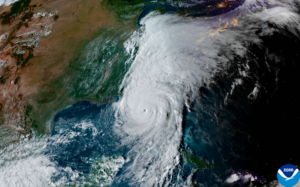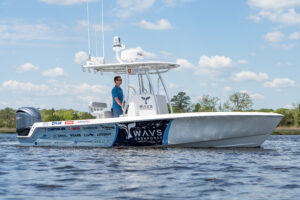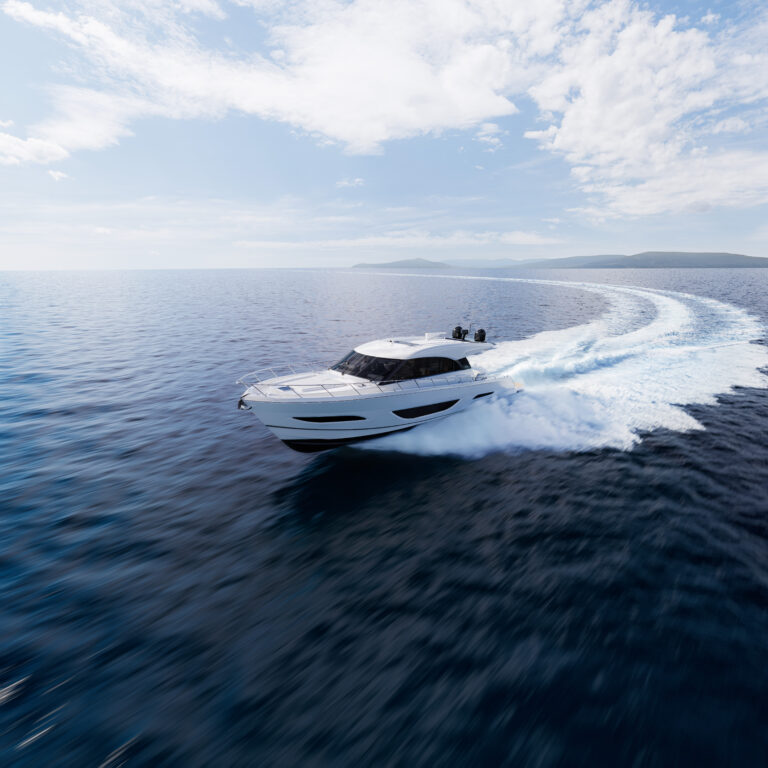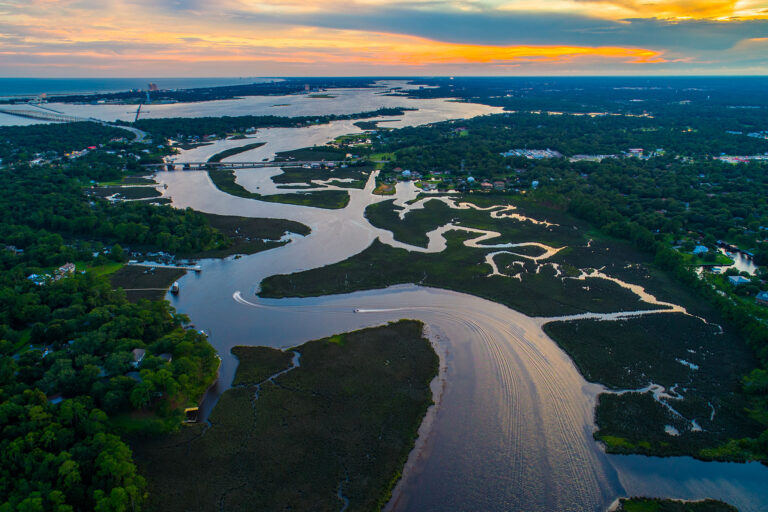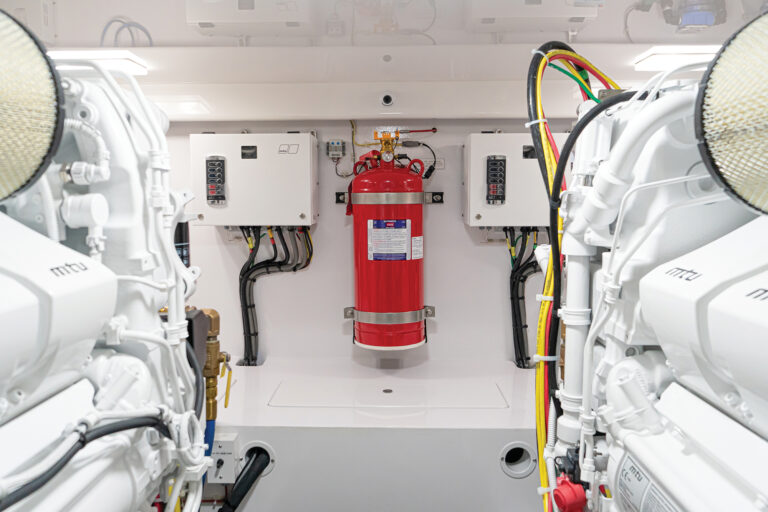Wind farm gets approval from the Interior Department and the FAA, but opposition still remains
The road to Cape Wind’s approval has been a long one, but the path to its construction could be even longer.
Secretary of the Interior Ken Salazar approved the project April 28, nine years after the initial proposal to place an offshore wind farm on Horseshoe Shoal in Nantucket Sound off Cape Cod, Mass. Cape Wind now expects the project to be completed by the end of 2012.
But that’s not stopping those who oppose it.

The community organization Alliance to Protect Nantucket Sound (www.saveoursound.org), which has long fought against the Cape Wind project, plans to pursue a lawsuit against the construction of the project in its proposed location of Horseshoe Shoal, citing environmental problems. The project would also encroach on the tribal lands of the federally recognized Mashpee Wampanoag Tribe and the Aquinnah Wampanoag Tribe of Gay Head, according to the alliance.
“This is a political decision that violates Ken Salazar’s commitment to the environment and is a slap in the face to Native Americans. This fight is far from over,” says Audra Parker, president and CEO of the Alliance to Protect Nantucket Sound.
“Cape Wind is the first offshore wind farm to be built in the wrong place, in the wrong way, stimulating the wrong economies,” says Rep. Bill Delahunt, D-Mass.
The Cape Wind project was first proposed in 2001 by Energy Management Inc., based in Boston with a second office in Cape Cod. Cape Wind (www.capewind.org) calls for 130 turbine towers, each 440 feet tall from blade to the surface of the water, located about 13 miles off Nantucket, Mass. The turbines would be spread out in parallel rows and each turbine within the row would be .34 nautical miles apart. The rows themselves would be .54 nautical miles apart. When completed, the wind farm would cover more than 25 square miles, according to Mark Rodgers, Cape Wind spokesman. The company declined to give an estimated cost for the project.
Capt. Bob DeCosta of Albacore Charters in Nantucket, Mass., (www.alba corecharters.com) says he doesn’t approve of the location of the project, but believes alternative energy sources must be explored, especially in light of the offshore oil spill that began April 20 in the Gulf of Mexico after an explosion destroyed a BP oil well.
“Wind power is definitely the future; just looking at what’s happened in the Gulf proves that oil isn’t the way to go,” says DeCosta, who operates a 1998 35-foot custom sportfisherman built by Cape Island Boats for his charters. “But that area of the [Nantucket] Sound is a nursery and hatchery for scup and sea bass, which we fish.”
DeCosta says he worries about the impact the installation of the wind turbines will have on the seabed and how it will disturb the hatching cycle for various species.
“All of our bait fish, like squid and mackerel, come from that area,” says DeCosta. “[Cape Wind] says they can mitigate damages, but that is a joke. They think a seabed that has developed over 100 years can take nine to 18 months to grow back.”
DeCosta was not surprised that Cape Wind got the nod, however, and hopes the company takes into account the impact on the local fishing community when construction begins.
“Regardless of what happens, I’m the third generation to live in Nantucket and I’m not going anywhere,” says DeCosta.
On May 17, the Federal Aviation Administration determined the Cape Wind project would not be a hazard to local air traffic control radar – clearing another one of the project’s hurdles. The FAA says upgrades to its radar facility at Otis Air Force Base in Cataumet, Mass., could mitigate the problem. “Cape Wind will provide the FAA with the funds they need to modernize and enhance their radar facility at Otis Air Force Base,” says Rodgers.
Rodgers says the approximate cost of the upgrades is $1.5 million.
Parker called the approval a rubber stamp.
“It is one thing to ignore the public’s opposition to Cape Wind, it is another altogether to ignore public safety,” Parker said in a recent press release. “Federal agencies such as the Minerals Management Service and the FAA should not be the ‘rubber stamps’ for the energy industry – not when lives are at stake. We are prepared to file a petition seeking review of these determinations.”
Individual lawsuits aimed at the entire Cape Wind project are being planned by members of the Alliance to Protect Nantucket Sound, which include fishermen and business leaders, Parker says.
Capt. Fred Tonkin, who runs fishing charters on Nantucket for bluefish and striped bass on the Herbert T, a Parker 2520 XL Sport Cabin (www.fishnantucket. net), is a longtime supporter of Cape Wind and maintains that the project will be a boost to the area.
“I’m glad it happened and it’s going to be a real benefit. We just got to give it time,” says Tonkin. “In the long term, people are going to see it’s better for the environment.”
Project has its first buyer
National Grid, an international electricity and gas company, filed a contract May 10 with the Massachusetts Department of Public Utilities stating the company would buy clean power from the wind farm, according to a press release.
Beginning in 2013, National Grid would purchase from Cape Wind 50 percent of the wind farm’s output, including electricity and renewable energy certificates, for 20.7 cents per kilowatt hour, according to the release.
National Grid will only be purchasing slightly more than 3 percent of its total electricity supply from Cape Wind, but expects the move will result in an increase of $1.59 per month – or 2 percent – for a typical home’s electric bill starting in 2013.
The other 50 percent of Cape Wind’s output is available for purchase by another party or parties under terms of the contract.
This article originally appeared in the New England Home Waters section of the July 2010 issue.


